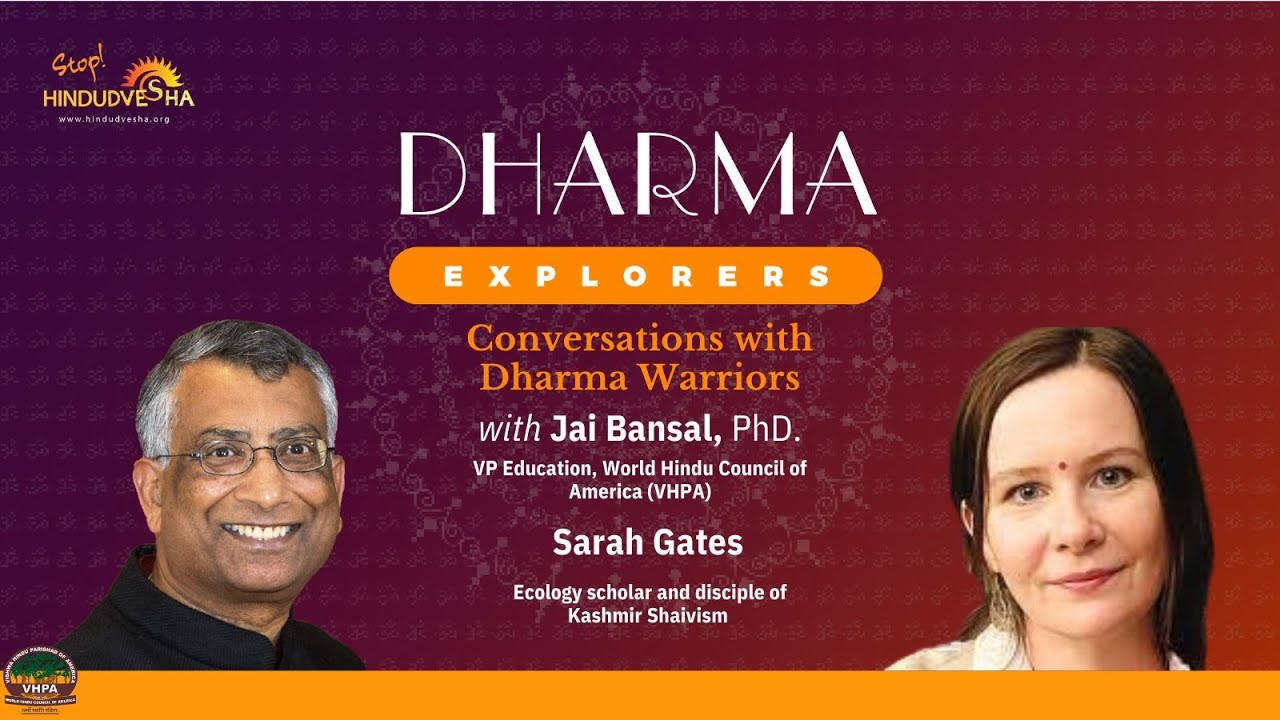

From Hinduism to Christianity and Back: Esther Dhanraj’s Tumultuous Tale of Rediscovering Her Dharmic Roots
From Hinduism to Christianity and Back: Esther Dhanraj’s Tumultuous Tale of Rediscovering Her Dharmic Roots
Conversion is not just about changing faith; it’s about cultural identity and preserving one’s heritage amidst external influences.
Born into a conservative Hindu family, Esther’s journey took her through the depths of Christianity and eventually brought her back to her Hindu roots. Her experience sheds light on how small personal vulnerabilities are exploited by Christian proselytizers to draw people into the Christian faith, revealing the intricate methods used to transform one’s religious and cultural identity.
Esther grew up in a large, traditional Hindu family in an urban setting. Living with her parents, four siblings, an adopted cousin, her maternal grandmother, and their dogs, Esther’s early life was steeped in Hindu rituals. Her father, a devout Gayatri Upasak, and her mother, who performed various daily poojas, created an environment rich with spiritual practices. Despite being deeply immersed in dharmic traditions, the family fell victim to the persistent and well-organized Evangelist conversion machinery.
The transition to Christianity began when Esther was about ten years old. Her family faced a series of hardships: her mother fell slightly ill, and her father lost his well-paying job. During this vulnerable period, a Christian neighbor convinced her parents that their suffering was a sign that the Christian God had chosen their family for salvation. This marked the beginning of their slow and smooth conversion to Christianity.
After a minor surgery for her mother, the family moved from Odisha to Hyderabad, a region with a strong Christian presence. Here, they encountered a network of evangelists, both local and from Odisha, who coordinated their efforts to support the family’s transition. The family’s Hindu practices, including vegetarianism and maintaining their puja room, continued for a while, but gradually, they were encouraged to abandon these traditions.
Esther describes the conversion process as methodical and well-organized. The evangelists leveraged the family’s vulnerable state, offering emotional and spiritual support that created a sense of belonging. Weekly prayer meetings and constant visits from Christian families reinforced their new religious identity.
The cultural shift was significant. Despite initial resistance, Esther’s parents eventually removed Hindu symbols like the janeu and stopped worshiping Hindu deities. Esther herself became deeply involved in Christianity, driven by the promise of spiritual gifts like healing. This sense of purpose and belonging drew her further into the faith, making it a central part of her identity for 25 years.
Esther’s journey back to Hinduism was gradual and introspective. It began with questioning the core tenets of her adopted faith during her time in the United States. Initially exploring atheism and agnosticism, she found these worldviews lacking in providing a comprehensive understanding of life and morality. The Hindu concepts of karma and dharma resonated deeply with her, offering answers to questions that Christianity could not address.
Reflecting on her Christian years, Esther realized that the rigid doctrines and the lack of emphasis on personal actions and their consequences did not align with her sense of justice and morality. Hinduism’s philosophical depth and its inclusive approach to spirituality provided a more satisfying framework for her beliefs.
Esther faced significant resistance from her family and the church when she decided to leave Christianity. Her siblings, still devout Christians, were disappointed and upset. However, her husband, a third-generation Christian who had always questioned the doctrines of Christianity, supported her decision.
Despite all the hurdles, Esther remained resolute in her decision, driven by a desire to reconnect with her cultural and spiritual heritage. Her return to Hinduism was not just a rejection of Christianity but a reaffirmation of her roots and identity.
Esther’s story underscores the importance of educating children about their cultural and religious heritage. She advocates for a comprehensive approach that includes both the study of scriptures (shastra) and an awareness of the tactics used in religious conversions (shatru-bodh). By fostering a deep appreciation for their cultural identity and educating them about the broader implications of conversion, parents can help ensure that their children remain grounded in their faith.



